In the era of evolving technology and sleek flat screens, there exists a nostalgic charm associated with CRT TVs that still captivates tech enthusiasts and retro gaming aficionados. These bulky predecessors to modern displays brought us endless hours of entertainment and are still sought after for their unique color rendering and vintage appeal. Among the best brands known for quality CRT TVs are Sony, with their Trinitron models, renowned for their superior picture clarity, Panasonic for their reliable and durable sets, and Toshiba, famous for their crisp picture and strong sound output. If you're looking to explore more about these iconic CRT TV brands and their standout models, read on to find a detailed list below.
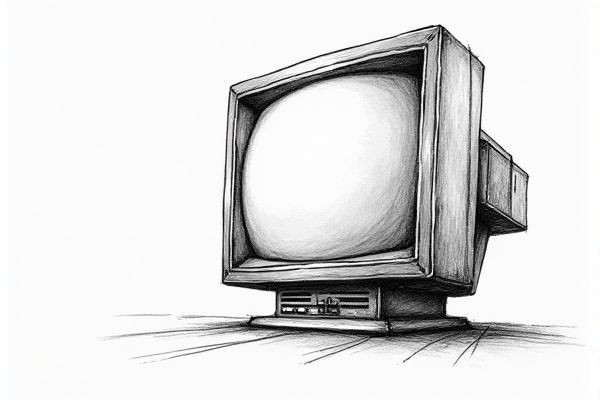
Illustration of crt tv
Best brands of crt tv in 2025
Sony
Sony, although no longer a dominant player in the CRT TV market, was once a significant manufacturer of CRT televisions. In 2005, Sony held a 5.57% market share in North America for CRT TVs, ranking it among the top five CRT TV manufacturers alongside TTE Technology, Toshiba, Sanyo, and Panasonic/Matsushita. During this period, CRTs still accounted for approximately 64% of total TV shipments in North America, with Sony being an ENERGY STAR partner for televisions. However, the market share of CRTs was declining rapidly, with shipments expected to drop to 13.8% by 2009. Sony's transition to more modern technologies like LCD and OLED has been a key factor in its continued success in the television market. For more information about Sony's television innovations, visit their official website.
Panasonic
Panasonic, although no longer a dominant player in the TV market, was once a significant producer of high-quality CRT TVs. In the fourth quarter of 2005, CRT TVs, including those from Panasonic, still accounted for 78.9% of global TV shipments, with Panasonic being one of the top TV sellers by revenue and shipments. However, by 2016, Panasonic had fallen out of the top 10 TV manufacturers, largely due to the rise of LCD and other technologies. During its peak, Panasonic's CRT TVs were known for their picture quality and reliability. The brand's transition away from CRTs marked a significant shift in the TV industry towards flat-panel technologies. For a historical perspective on TV trends over the years, you can read more in this CNET article.
Samsung
Samsung, although no longer a dominant producer of CRT TVs, was once a significant player in this market. In the late 2000s, CRT TVs still accounted for a substantial share of unit shipments, with CRTs making up 78.9% of the market in Q4 2005, despite LCD TVs gaining ground. Samsung's move to offer HD Ready CRTs in 2005 reflected the technology's lingering presence. However, by 2006, LCD TV sales had begun to overtake CRT revenues, marking a shift in the industry. Samsung's transition to LCD and later to more advanced technologies like QLED and OLED has solidified its position as a leader in the TV market.
Toshiba
Toshiba is renowned for its high-quality CRT TVs, although it discontinued manufacturing traditional in-house CRT televisions in 2004 due to heavy losses. Despite this, Toshiba's CRT TVs, particularly those using slot mask technology, are still praised for their picture quality and durability. For instance, the 27AF44 model is often highlighted for its performance, although it may have issues with red color display and geometry. Toshiba's CRTs were part of a joint venture with Panasonic, and their production ceased in 2006. These TVs remain popular among enthusiasts for their unique characteristics and nostalgic value. For more detailed insights, you can visit Toshiba statistics and information.
Philips
Philips, a leading manufacturer of CRT TVs, held an 18% global market share in television CRTs by 2004. The company dominated the desktop display market with color CRT monitors, and its TV tubes experienced significant growth, particularly in the jumbo segment, which saw over 14% value growth from 2000 to 2004. In North America and Europe, CRT TVs from Philips and other manufacturers still accounted for nearly 65% of unit shipments in Q4 2005. Philips' strong presence in the CRT market was supported by its balanced global industrial base and ability to manage strong price decreases, making their high-quality CRT TVs popular due to high volume and competitive pricing. For more insights into their success in the CRT industry, you can view their comprehensive report.
LG
LG, although no longer a dominant player in the CRT TV market, was once a significant producer of CRT TVs. In the fourth quarter of 2005, LG was among the top five TV sellers by both revenue and shipments, with CRT TVs still accounting for a substantial portion of the market, including nearly 65% of unit shipments in North America and Europe. However, by this time, LCD TVs were gaining traction, with LG and other manufacturers seeing a significant rise in LCD TV revenues and shipments. Despite the shift, CRTs remained a major part of the TV market, reflecting the lingering popularity of this older technology. LG's transition to newer technologies like LCD and smart TVs has been a key factor in their continued market presence. For more information, you can explore LG's current offerings on their TV range.
JVC
JVC, renowned for its high-quality consumer electronics, was a prominent producer of CRT TVs, especially in the late 1990s and early 2000s. These TVs were lauded for their durable components and superior picture quality. In the North American market, JVC's CRT TVs were among the top choices, with the brand maintaining a substantial market share, although specific percentages varied by year. For example, in the third quarter of 2005, JVC was not listed among the top five CRT TV manufacturers, yet it remained a respected brand in the industry. The quality of JVC CRTs earned them a reputation among consumers seeking reliable and high-performance televisions. For more information, visit the JVC official website.
Mitsubishi
Mitsubishi was once a prominent player in the TV market, particularly known for its rear-projection TVs using CRT and later DLP technology. However, by 2012, Mitsubishi ceased production of these TVs, marking the end of an era for rear-projection technology. In the early 2000s, Mitsubishi was one of the last manufacturers of rear-projection TVs, offering screen sizes up to 92 inches and innovating with laser-based backlighting in their LaserVue line. Despite their efforts, the rise of flat-panel TVs led by brands like Samsung and LG pushed Mitsubishi out of the TV market, with the company stopping LCD TV sales in 2011. Mitsubishi's market share in TVs had significantly declined, reflecting the broader shift away from Japanese brands to Korean and Chinese manufacturers. For more insight into this transition, you can read Mitsubishi Pulls the Plug on Rear-Projection TVs.
RCA
RCA was once a dominant force in the consumer electronics industry, particularly in the production of CRT TVs. At its peak, RCA held as much as 70% of the market for color television sets, but by 1964, its share had decreased to 42% due to competition from other manufacturers like Zenith. Despite this, RCA continued to be a major player, producing most of the picture tubes and other components for the industry, earning a profit of $35 on each picture tube sold to competitors. In the 1960s, RCA was the world's largest producer of consumer electronics and the most technologically advanced company in the industry. However, by the late 20th century, RCA's market share had significantly declined, with US makers producing only 17% of the color TVs sold in the United States by 1987. For a deeper exploration of RCA's impact on the television industry, visit the American Business History's article.
Sharp
Sharp was a pioneering force in the television industry, particularly in the production of CRT (Cathode Ray Tube) TVs. In the 1950s, Sharp held a significant market share, with 60% of the 14-inch TV market in May 1954, and its overall share of TV production in Japan was 22.9% in 1953 and 16.9% by 1956. This dominance helped standardize the 14-inch screen size in Japan and contributed to the international competitiveness of Japan's TV manufacturing industry. Sharp's focus on quality and innovation in CRT TVs was a key factor in its success during this period. However, the company later shifted its emphasis to LCD TVs, becoming a leader in that technology as well. For more detailed historical context and company evolution, you can explore the Sharp Corporation's Wikipedia page.





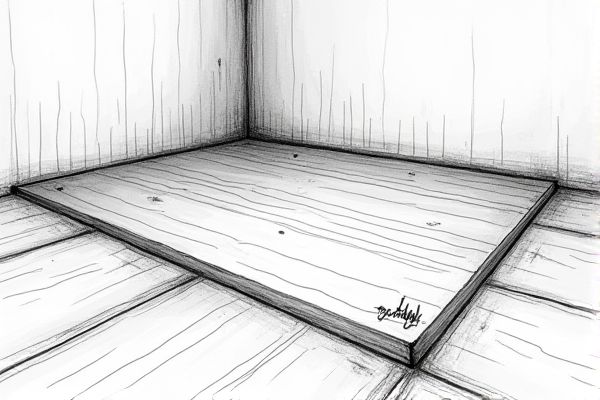




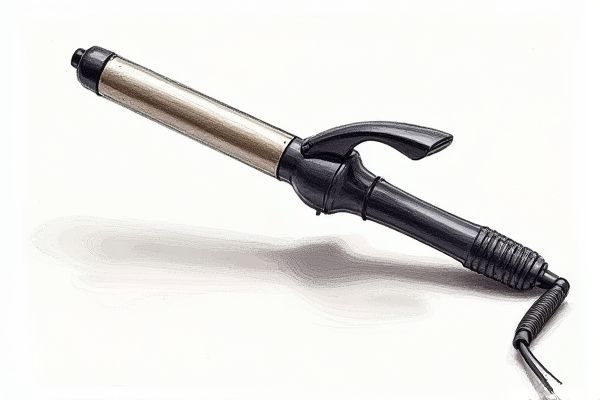
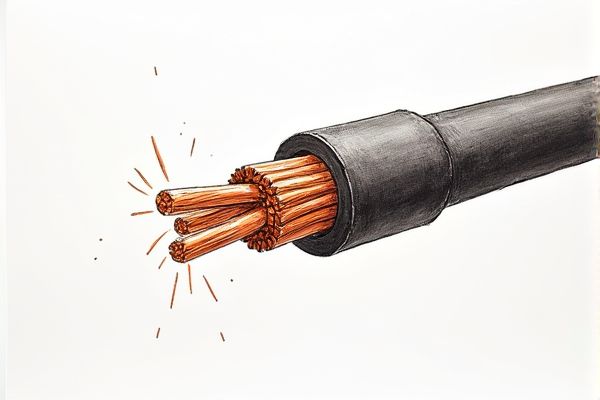
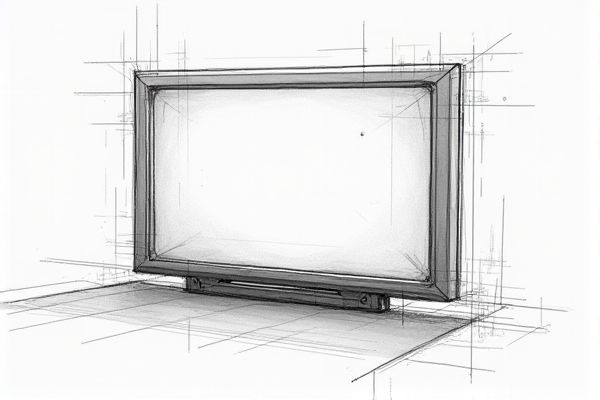



Leave a Reply
Your email address will not be published.